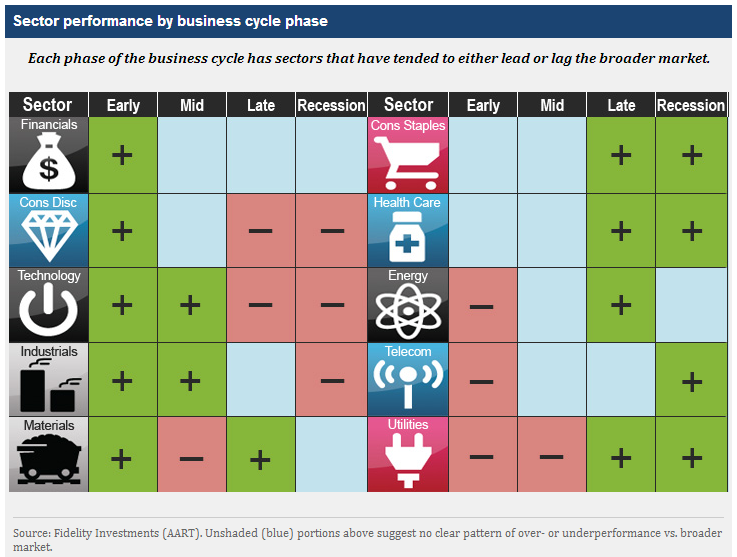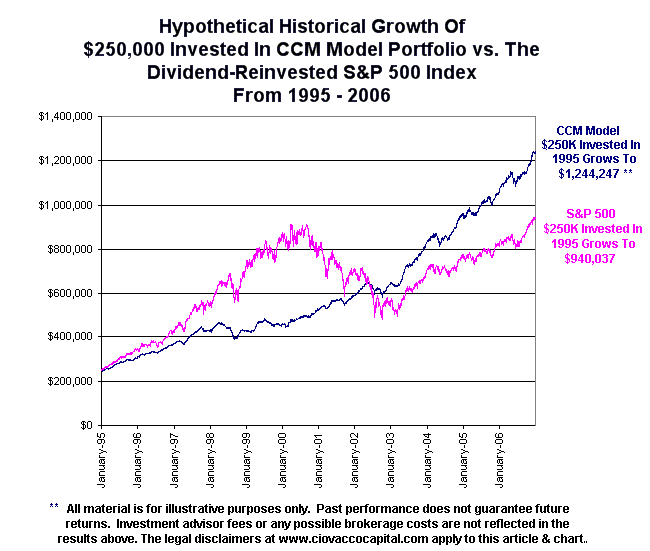Allocating Within The AllWeather 4 ETF Portfolio
Post on: 10 Апрель, 2015 No Comment

In my article Build a Reliable All-Weather ETF Portfolio with 4 ETFs, I cover how to construct an easy-to-manage portfolio by imagining building a sailboat comprised of a hull, a keel, a sail and auxiliary power.
Over a short series of articles I will cover how to adjust weightings between the four component ETFs within the All-Weather Portfolio to achieve better performance and lower risk.
Before I get to allocation, I want to talk about vessel dynamics or how the ETFs within the portfolio react and counter-react to each other. Although the portfolio is simple, the thought behind it is not.
Four Broad Assets
The portfolio I present consists of a sailboat with a hull made of TIP for inflation protection, a sail made of a broad market index like VTI or SPY to catch the winds of a favorable stock market. A keel of government bonds TLT. VGIT to provide stability and to protect against deflation. And last auxiliary power from non-government income investments providing income when all else fails like LQ. PFF. PFXF or MBB depending on the circumstances LQD .
Vessel Dynamics and Asset Interaction
Each of the four components of the portfolio is chosen to react and counter-react with other components depending on economic conditions within our domestic economy. The portfolio is simple but not simplistic.
Below are the possible reactions between the components and how the two react dynamically for and against one another.
Sail and Hull
Stocks tend to do better when inflation is low or moderate like in the 1990s. They do poorly when it is relatively high like in the late 1960s and 1970s. Inflation Protected Securities do well when inflation is high and OK when it is moderate. In an economy with a stable money supply, it is relatively difficult in the economy as a whole to drive both the price of stocks up and the price of goods up at the same time. This dynamic forms a push and pull within the portfolio the sale and hull asset classes.
Sail and Keel
Within this model saving occurs when people or businesses buy government-bonds and in essence take their money out of circulation. People and business in the aggregate cannot both save and invest at the same time. If people are removing money from circulation by saving they are cannot also be investing in stocks and real estate, or gold, etc.
On the other hand, if they are investing they cannot be saving. Deflation is caused in large part by increased aggregate saving. It is very difficult for the economy as a whole to both drive government bonds higher through saving and simultaneously drive investments higher without central bank intervention.
Sail and Power
The stock market and other sail investments can go long periods without making headway, like in the 1960s. Auxiliary power allows the portfolio to generate cash-flow during slow markets without the investor losing time. Power investments, like a boat’s auxiliary engine add income reliability to the portfolio.
Keel and Power
Keel investments made of investments in government bonds can go through periods where they provide very low yields — like now. Auxiliary Power investments can provide income during these so the portfolio can help the portfolio make way in low-yield environments.

Keel and Hull
The is opposing dynamic here is pretty simple; the economy cannot have both general inflation and general deflation at the same time. That is in aggregate people can’t both save and spend simultaneously.
Hull and Power
Power investments like corporate bonds and preferred, mortgage bonds do poorly during deflationary periods. This is because the bond is being paid back with increasingly less valuable money. TIPs do well during inflationary periods providing a counterbalance to the poor performance of the bonds.
Balance and Counterbalance
Each of the four ETFs within the portfolio is designed to balance and counterbalance the other ETFs. This provides the All-Weather stability within the portfolio.
In Part Two I will cover how to analyze the current economy and think about allocation changes between the four asset classes. The allocation process is also covered in much greater detail in my book The Quick Guide to Risk-Managed Investing.
Disclosure: I have no positions in any stocks mentioned, and no plans to initiate any positions within the next 72 hours. I wrote this article myself, and it expresses my own opinions. I am not receiving compensation for it (other than from Seeking Alpha). I have no business relationship with any company whose stock is mentioned in this article.
Additional disclosure: This article is for informational and educational purposes only. The views expressed in this article are the opinions of the author and should not be interpreted as individualized investment advice. Investment objectives, risk tolerances and the financial situation of individual investors may vary. Please consult your financial and tax advisors before investing.














